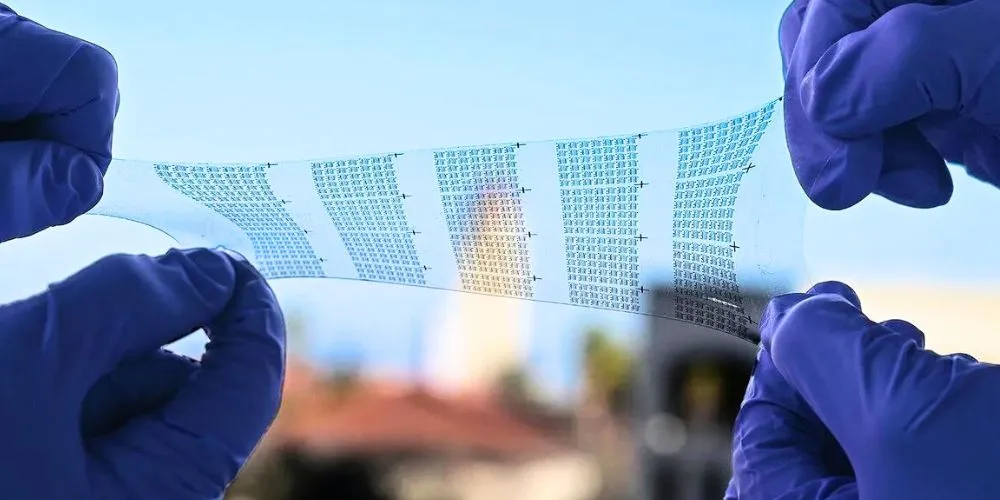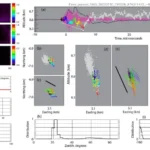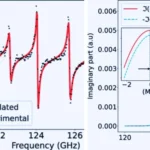Key Points:
- Stanford researchers develop intrinsically stretchable circuits with unprecedented speed and performance.
- The circuits feature high-purity semiconducting carbon nanotubes and stretchable interconnects.
- An integrated circuit boasts 1,056 transistors and 528 logic gates, with an operating speed exceeding 1 megahertz.
- Practical applications include a Braille-reading sensor array and stretchable displays for wearable devices.
Stanford University researchers have achieved a significant breakthrough in stretchable electronics, developing intrinsically stretchable circuits that surpass previous achievements in speed, transistor count, and performance. Led by Professor Zhenan Bao, the team’s innovations promise to revolutionize wearable electronics and medical devices, offering unprecedented levels of flexibility and sensitivity.
Conventional electronics, composed of rigid materials like silicon and metal, pose limitations in applications requiring interactions with soft materials such as the human body. While flexible electronics on plastic films have been developed, their stretchability is typically limited to just 1 percent. However, the new intrinsically stretchable circuits developed by Bao and her colleagues offer a remarkable improvement in performance and flexibility.
Published in the journal Nature, the research unveils circuits featuring high-purity semiconducting carbon nanotube channels, metallic palladium-coated carbon nanotube electrodes, and high-conductivity stretchable gallium-indium alloy interconnects. These components have been meticulously designed to minimize parasitic capacitance and interconnect resistance, thereby boosting transistor speed.
The team’s integrated circuit boasts an impressive 1,056 transistors and 528 logic gates over 28 square millimeters, with an operating speed exceeding 1 megahertz. Compared to previous intrinsically stretchable electronics, which were limited to just 54 transistors and 14 logic gates per circuit, operating at 330 hertz, this represents a significant leap.
Moreover, the new stretchable transistors exhibit exceptional electrical performance even when stretched to twice their normal size, with field-effect mobility of over 20 square centimeters per volt per second and a drive current of approximately 2 milliamps per micron.
Practical applications of these advanced circuits include an 8-square-millimeter tactile sensor array capable of reading Braille writing with unprecedented sensitivity and resolution. With 2,500 sensors per square centimeter, the array surpasses the density of human fingertip receptors, enabling recognition of shapes smaller than 1 millimeter across.
The potential applications extend to prosthetic limbs, orthopedic devices, human-machine interfaces, and stretchable displays for wearable devices. These circuits can conform to the body’s contours, providing real-time information without constraining daily activities.
While additional fine-tuning is required for mass production, the materials and processes used in the new circuits are compatible with existing fabrication methods. Future research will focus on improving packaging for stable operation and long-term durability.










